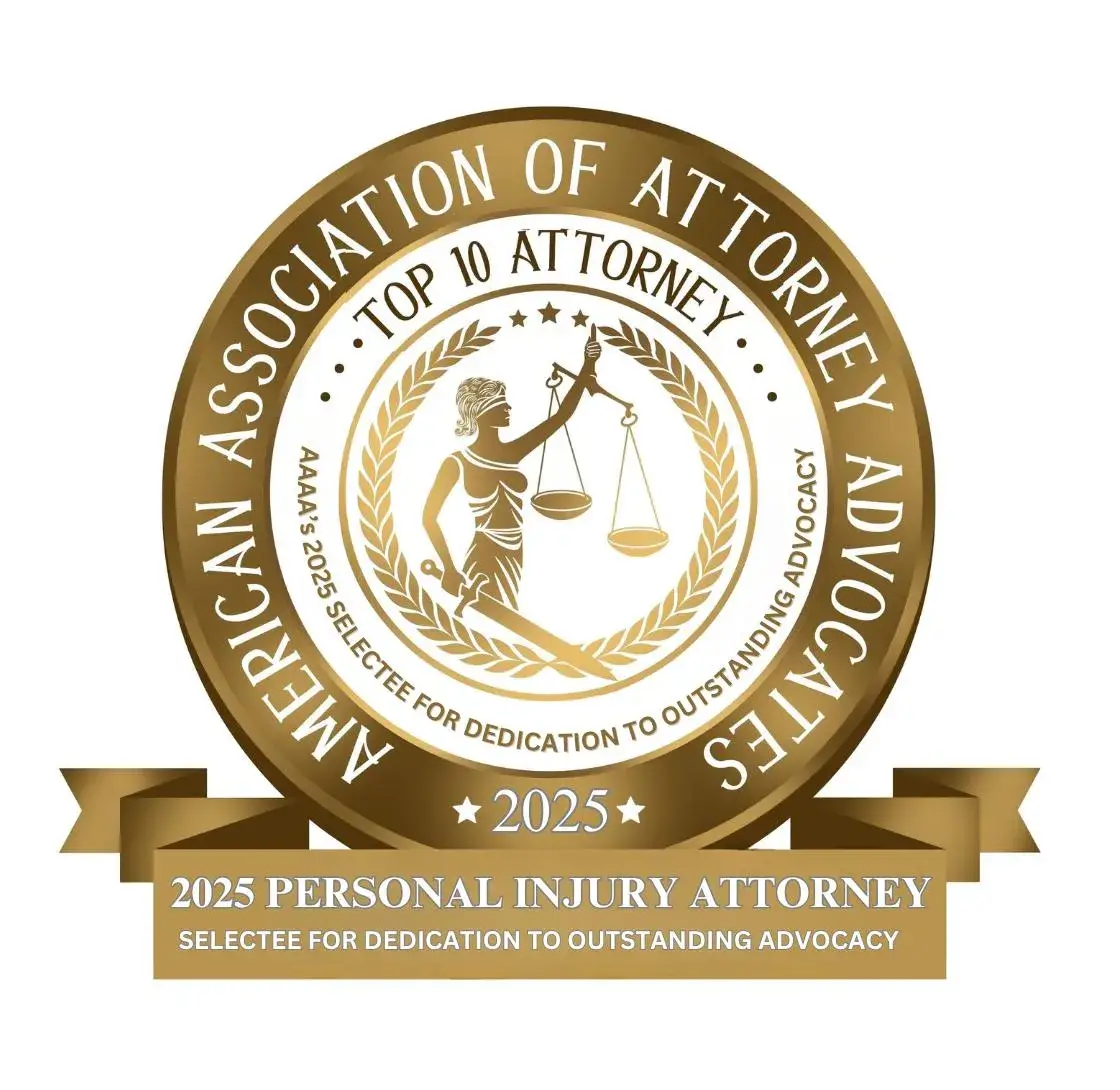Rain and Flood Conditions
When you think of rain, what do you associate with it? Do you think about dancing in puddles? Do you think about whether or not you packed an umbrella? If you’re one of the many Americans who travels to work every day, you may understand some obvious hazards while driving on the roadways. For instance, rains can lead to flooding, which leads to more damage. Rain causes things like wet pavement and reduction in visibility distance. Wet pavement leads to a reduction in vehicle traction and maneuverability. You may have also taken notice to the fact that drivers tend to operate more slowly when rainstorms occur. This leads to reduced roadway capacity and increased delays. Even in light rain, freeway speed is reduced by 2-13%.
In August 2015 in New Jersey, there were rainstorms so severe and harsh that the water from them surrounded the cars all the way up to their front lights and nearly covered their tires completely. Some cars were so stuck in the water that they required rescue! New Jersey is right beside the Atlantic Coast and receives nearly 42 inches of rain in one year. This comes to say that motorists in New Jersey could experience these issues in traffic delays and other issues at any point in the year.
The Truth About Flooding
Flooding is the most common of all natural disasters and accounts for 200 annual deaths, which is the leading cause of weather-related deaths in the entire United States! 50% of these deaths at it stands are vehicle-related, which is why drivers must take extra precautions in this kind of weather. Traffic flow is most affected by flooding due to the fact that moving water and obstacles in the waters lead to traffic speeds fluctuating, delays in travel time, and the risk of these accidents taking place. Drivers are forced to adjust their behavior due to the unpredictable conditions.
When taking proper precautions, a driver should keep in mind that a very small amount of water could cause parked vehicles to move and cause drivers to lose control easily. A driver should always stay tuned to news updated on road closures. They should also be familiar with the specific area that they are driving in and know alternative routes to take. Obey road warnings and closures as well as avoid any driving during incredibly unsafe conditions.
To put things further into perspective, most weather-related crashes occur on wet pavement and during rainfall (75%). Nearly 5,700 people are actually killed and more than 544,700 people are injured in crashes on wet pavement every year. It also helps to stay aware of inland flooding, which follows the evolution of a tropical storm or hurricane. They have been the greatest source of fatalities and cause the most damage to roadway infrastructure.
Some other things to be aware of is the fact that flooded roadways can cause accidents that lead to such things as significant property damage and personal injury. If you have been injured in a collision due to flooded roads or immense rainfall and its effects, you may have a case. You can contact MDL today for a free consultation. We have the experience you need for your case.


















